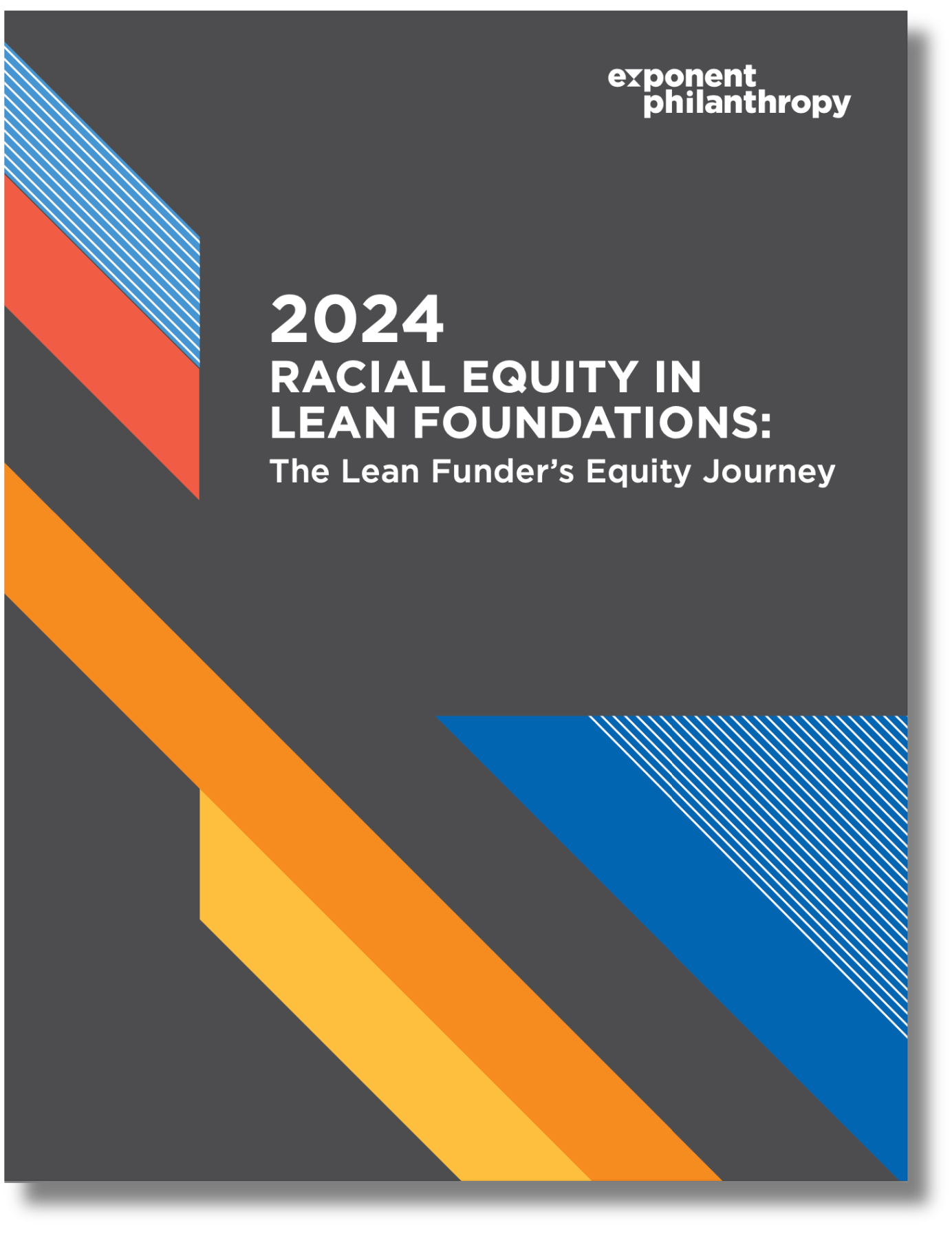
Philanthropy relies on the amassed wealth of families and institutions that have benefited from systemic racism. As a result, the institution has a power imbalance in where funds go and what organizations and initiatives receive support. Developing a deeper understanding of institutional racism in the United States can help lean funders dismantle the harmful practices and power disparities that perpetuate inequities in philanthropy today. This-three part blog series can serve as a starting point for this work.
The Racial Wealth Gap
Public policy in the US continues to build White wealth at the expense of, or on the backs of Black people. In 2016, the average net worth of a White family was ten times greater than the average wealth of a Black family. And nearly 34% of Native American children live in poverty.
This data reflects the longstanding racial wealth gap in the United States from:
- The country’s prolonged legacy of slavery
- The colonization and genocide of Native and Indigenous people
- The economic disenfranchisement of Black people through racist public policy and targeted exclusion of major social welfare legislation, like the GI Bill
- Continued social inequities
Having a Shared Language
Miscommunications make advancing racial equity even more difficult, so establishing a shared language around key concepts and terms is crucial. The Center for the Study of Social Policy’s glossary for shared understanding defines Key Equity Terms & Concepts:
- Racism: The systematic subjugation of members of targeted racial groups, who hold less socio-political power and/or are racialized as non-White, as means to uphold White supremacy.
An important note, racism differs from prejudice. Unlike prejudice, hatred or discrimination, racism requires one racial group to have systematic power over other racial groups. Racism is implicitly and explicitly maintained by institutional structures and policies, cultural norms and values, and individual behaviors.
- White supremacy: An institutionally perpetuated and ever-evolving system of exploitation and domination that consolidates and maintains power and resources among White people.
White supremacy, through White dominance, continues to perpetuate anti-Black racism and anti-Native racism, specifically. Other racial and ethnic groups experience oppression through White supremacy, but not in the same ways; slavery and genocide are foundational to today’s social disparities. Thus, actively working towards anti-racist institutions and an anti-racist society is necessary.
- Anti-racism: The active process of identifying and challenging racism by changing systems, organizational structures, policies and practices, and attitudes to redistribute power in an equitable manner.
Racism operates beyond the interpersonal level, so not being racist is not enough. But anti-racism is an ongoing process that actively challenges how systems and institutions perpetuate racism. Funders can start to think about what it means to engage in philanthropy in a way that’s anti-racist by developing a shared language around White supremacy, racism and what it means to engage in anti-racism.
In part two of this series, we discuss our anti-racist intersectional frame for advancing anti-racist policy and practice.
Racial Equity in Lean Foundations
 Racial Equity in Lean Foundations: The Lean Funder’s Equity Journey
Racial Equity in Lean Foundations: The Lean Funder’s Equity Journey
Explore how lean foundations can integrate racial equity into their work. Our 2024 publication provides data, strategies, and real-life examples to help foundations with few or no staff make impactful changes. Gain insights on engaging boards, fostering diversity, and implementing equitable practices for more effective philanthropy. Get your free copy!
About the Authors
Juanita Gallion is the deputy director of equity & learning at the Center for the Study of Social Policy.
Maya Pendleton is a policy analyst at the Center for the Study of Social Policy.
